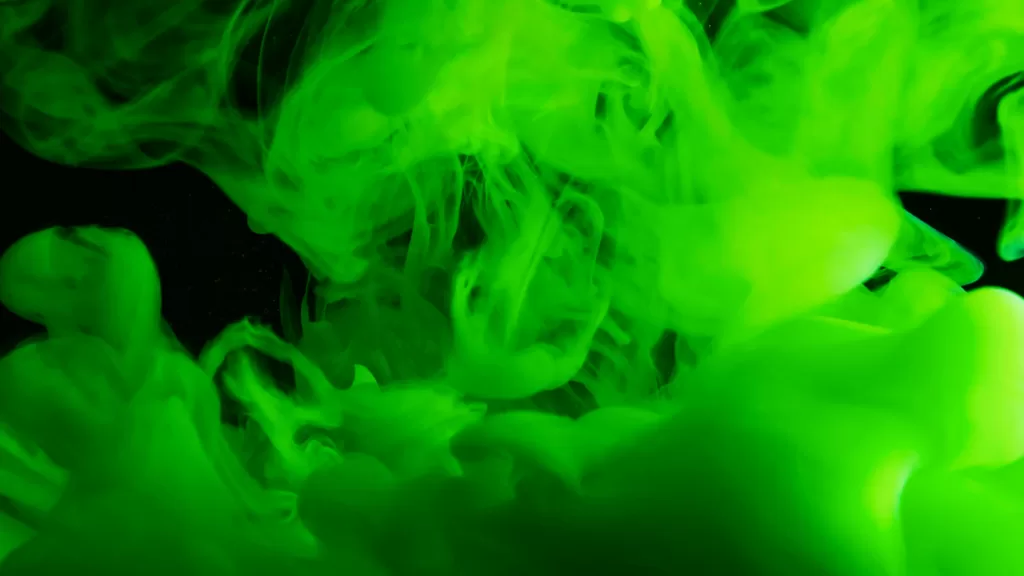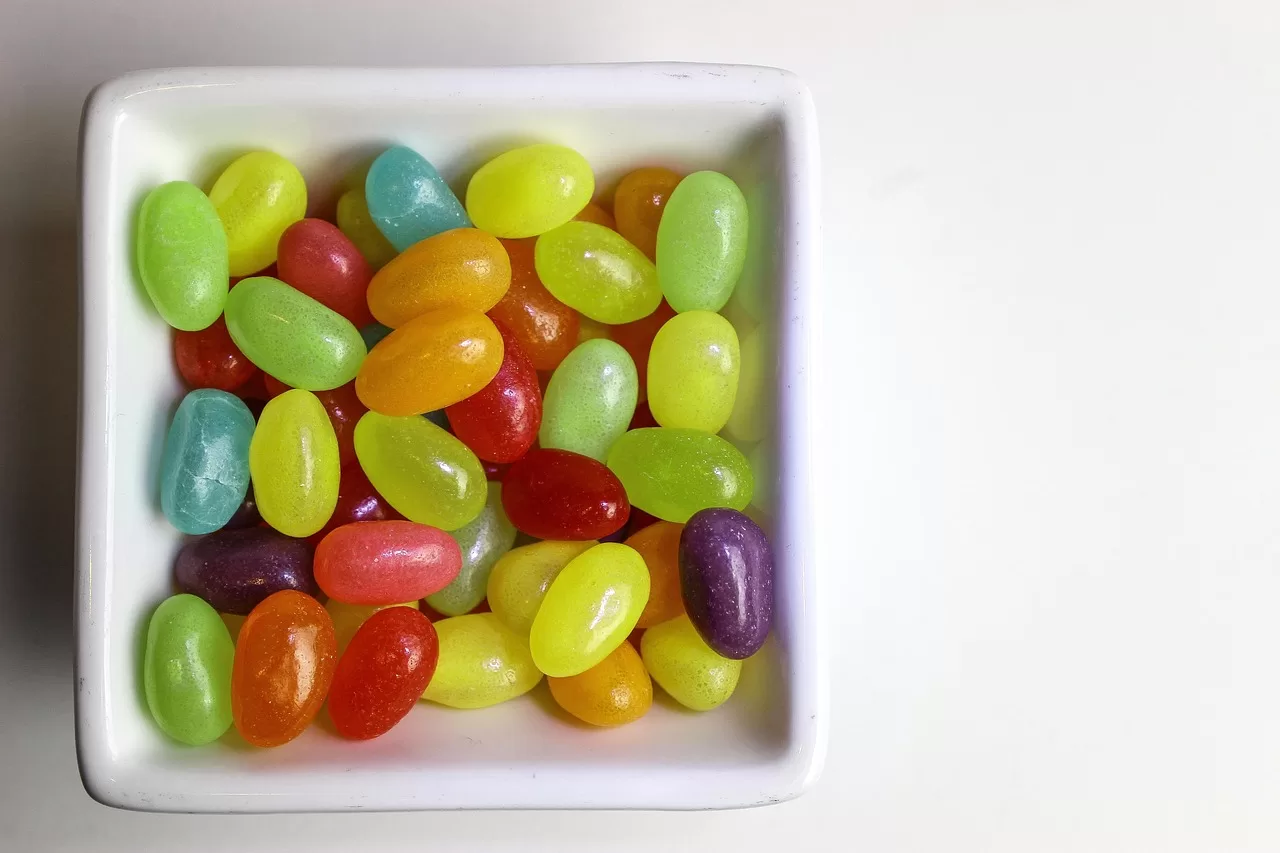Is Your Food Coloring Your Health? The Truth About Green Dye
Artificial food dyes have been facing increasing scrutiny, with reports claiming they may cause cancer and affect brain function. These concerns have spread rapidly, raising questions about their actual risks. Are these dyes truly dangerous, or is the fear overblown? In this article, we uncover the truth about green dye in food.

Green Food Dye
Various green dyes are commonly used not only in food products but also in cosmetic and hygiene items, providing vibrant coloration to a wide range of consumer goods. Among these, the most widely used is Fast Green FCF, also known as FD&C Green No. 3, which is approved for use in food, drugs, and cosmetics in several countries, including the United States.
Another frequently utilized green dye is Green S, which goes by multiple names, including Food Green S, Acid Green 50, Lissamine Green B, and Wool Green S. These dyes are found in an array of products, including desserts, candies, salad dressings, carbonated beverages, ice cream, and canned vegetables. In addition to food applications, they are also incorporated into personal care products like mouthwashes, shampoos, and certain medications to enhance their visual appeal.
Like many artificial food colorants, Fast Green FCF (Green 3) is a petroleum-derived compound that undergoes a complex chemical synthesis to achieve its bright green hue. This process typically involves reacting aromatic hydrocarbons with chlorine, followed by the addition of sulfonic acid groups. This helps stabilize the dye and produce the characteristic green pigment. Due to its synthetic origin, Green dye no. 3 has been the subject of safety evaluations and regulatory scrutiny, with some studies investigating its potential effects on health. While it is generally considered safe within established limits, some countries have opted to restrict or ban its use due to concerns about possible adverse reactions.

Current FDA Guidelines on Green Dye
The FDA classifies Green No. 3 as generally safe for consumption when used in limited amounts. However, the definition of “limited amounts” remains vague. Recent findings suggest that the levels of artificial dyes in food are much higher than previously thought lending to the consumer’s safety concerns.
Research on Green No. 3 does little to reassure its safety for humans. Since testing potentially harmful substances on people raises ethical and safety concerns, artificial dyes are primarily studied in lab animals. In one study, rats exposed to Green No. 3 showed a significant increase in bladder and testicular tumors, suggesting potential carcinogenic effects. While about 5% of the dye is absorbed by the body—where it could pose risks—the majority is excreted as waste.
Despite concerning results in animal studies, Green No. 3 is not one of the most widely used artificial dyes in the American food system. As a result, it has largely escaped public scrutiny compared to other dyes that consumers are actively pushing to ban.
Research Discovered Much Higher Levels of Dyes in Food than Previously Thought
One key reason artificial food dyes remain widespread is the lack of clear scientific consensus on their health effects. Most research has been conducted on animals, and studies on humans have not provided enough evidence to warrant a ban1. This conflicting data has created a stalemate in the debate. However, recent findings from Purdue University reveal that many packaged foods contain significantly higher levels of artificial dyes than those tested in typical clinical trials2—meaning the actual exposure levels were largely unknown until now.

Clinical trials suggest that even modest doses (up to 35 mg) of synthetic dyes can affect some children, while doses of 100 mg or more impact a much larger percentage. Purdue researchers found alarmingly high dye concentrations in popular children’s foods. For instance, a single serving of Trix cereal contains 36.4 mg of food dyes, Cap’n Crunch’s Oops! All Berries has 41 mg, and Kool-Aid Burst Cherry packs 52.3 mg per serving.
It was once believed that sensitivity to these dyes was limited to certain individuals or species. However, the real concern appears to be the sheer amount consumed—far higher than previously estimated.
Artificial Dyes Altering Brain Structure
A two-year comprehensive study examining seven FDA-approved synthetic food dyes found that these artificial colorants are associated with adverse neurobehavioral outcomes in some children3. The findings suggest that children may experience increased impulsivity, restlessness, irritability, and difficulty with focus after consumption. These effects have raised concerns regarding the widespread use of synthetic dyes in processed foods, particularly those marketed to children.

Extensive animal research has demonstrated that these dyes can significantly affect neurological function. They may also influence activity levels, memory retention, and learning abilities4. Studies indicate that exposure to synthetic dyes can disrupt neurotransmitter activity in the brain. This activity plays a crucial role in regulating mood, cognition, and behavior5.
Additionally, microscopic structural changes in brain tissue have been observed, including alterations in neural pathways and synaptic connections6. These findings suggest that prolonged or excessive exposure to artificial food dyes may have long-term consequences on brain development and function in kids and adults.
Mental and Behavioral Disorders on the Rise
Over the past two decades, there has been a notable increase in mental and behavioral health issues among children7 and adults, including rising rates of ADHD, anxiety8, and mood disorders. Interestingly, this upward trend coincides with the growing consumption of synthetic food dyes, which have become increasingly prevalent in processed foods, snacks, and beverages. While multiple factors contribute to behavioral and cognitive disorders, some researchers propose that the increasing presence of artificial food additives, including synthetic dyes, may be an underrecognized environmental factor exacerbating these issues.
These concerns have led to increased calls for regulatory changes, with some health advocates pushing for stricter labeling requirements, consumption limits, or outright bans on certain synthetic dyes. In response to mounting evidence, some countries have imposed restrictions on specific dyes, while others require warning labels on products containing them. The ongoing debate highlights the need for further research and potential policy changes to ensure the safety of synthetic food dyes, particularly for vulnerable populations such as young children.
Corporations with a Cause
Although it may feel like no corporations prioritize public health, some grocery stores have taken steps to eliminate harmful food dyes from their products. Retailers such as Aldi, Trader Joe’s, and Whole Foods have committed to banning toxic synthetic dyes from their store-brand foods9. Instead, they use natural colorings derived from plant sources and minerals as safer alternatives.
Shopping at these stores significantly reduces your exposure to artificial dyes, but it’s still important to check ingredient labels. Formulations can change over time, and some products from outside brands may still contain synthetic dyes. Staying informed about what’s in your food is the best way to ensure you’re making healthier choices.

The Truth About Green Dye
The safety of artificial dyes remains questionable at best. While many hope for their eventual removal from the American food system, the process is slow due to bureaucratic hurdles. In the meantime, it’s wise to err on the side of caution. Prioritize whole foods—such as meat, vegetables, fruits, and dairy—which are far less likely to contain synthetic dyes. These dyes are primarily used in processed foods to enhance their appearance, but most whole foods, aside from some artificially colored salmon, remain free of them.
If you do consume processed foods, always check the ingredient label for chemical additives. While these dyes are not yet banned in America, you have the power to eliminate them from your household by making mindful choices.
Supporting Research
- Human Health Co. (2025, February 13). Red Dye No. 3 banned in the U.S.: What you need to know about this shocking FDA decision. https://humanhealthco.com/red-dye-no-3-banned-in-the-u-s-what-you-need-to-know-about-this-shocking-fda-decision/ ↩︎
- Stevens LJ, Burgess JR, Stochelski MA, Kuczek T. Amounts of Artificial Food Colors in Commonly Consumed Beverages and Potential Behavioral Implications for Consumption in Children. Clinical Pediatrics. 2014;53(2):133-140. doi:10.1177/0009922813502849 ↩︎
- Delson, S. (2021, April 16). Report Links Synthetic Food Dyes to Hyperactivity and other Neurobehavioral Effects in Children. State of California OEHHA. https://oehha.ca.gov/risk-assessment/press-release/report-links-synthetic-food-dyes-hyperactivity-and-other-neurobehavioral-effects-children ↩︎
- Food dyes: A rainbow of risks. Center for Science in the Public Interest. (n.d.). https://www.cspinet.org/sites/default/files/attachment/food-dyes-rainbow-of-risks.pdf ↩︎
- Arnold LE, Lofthouse N, Hurt E. Artificial food colors and attention-deficit/hyperactivity symptoms: conclusions to dye for. Neurotherapeutics. 2012 Jul;9(3):599-609. doi: 10.1007/s13311-012-0133-x. PMID: 22864801; PMCID: PMC3441937. ↩︎
- Public health professor shows food dye linked to neurological childhood development in California EPA study. NICOTINE & CANNABIS POLICY CENTER. (2021, April 16). https://ncpc.ucmerced.edu/news/2021/public-health-professor-shows-food-dye-linked-neurological-childhood-development#:~:text=Animal%20studies%20 indicate%20 synthetic%20food%20dyes%20affect,in%20their%20sensitivity%20to%20synthetic%20food%20dyes. ↩︎
- 2022 National Healthcare Quality and Disparities Report [Internet]. Rockville (MD): Agency for Healthcare Research and Quality (US); 2022 Oct. CHILD AND ADOLESCENT MENTAL HEALTH. Available from: https://www.ncbi.nlm.nih.gov/books/NBK587174/ ↩︎
- U.S. Department of Health and Human Services. (2024, September). Mental illness. National Institute of Mental Health. https://www.nimh.nih.gov/health/statistics/mental-illness ↩︎
- Nutrition & Delicious: Meal Prep Ideas The Whole Family Will Love. Humanhealthco.com. (2024, September 26). https://humanhealthco.com/nutrition-delicious-meal-prep-ideas-the-whole-family-will-love/ ↩︎







